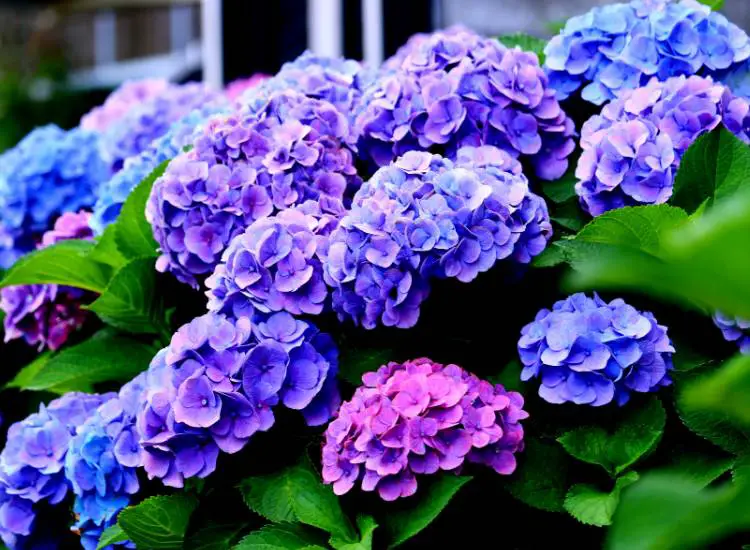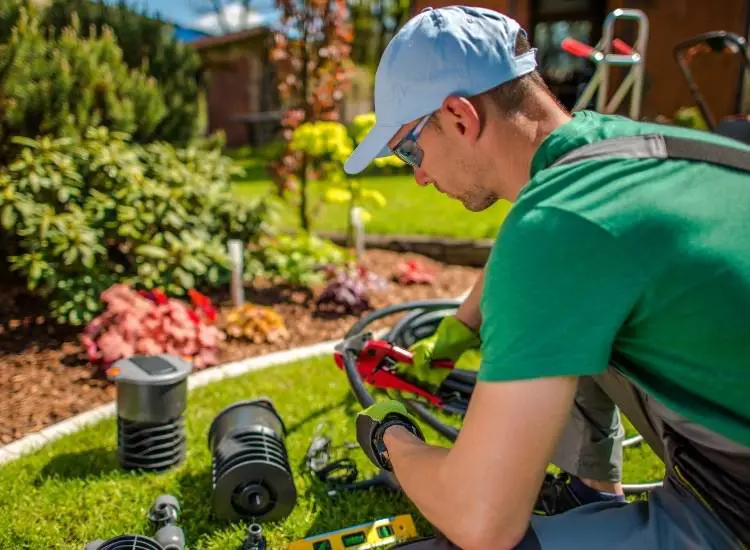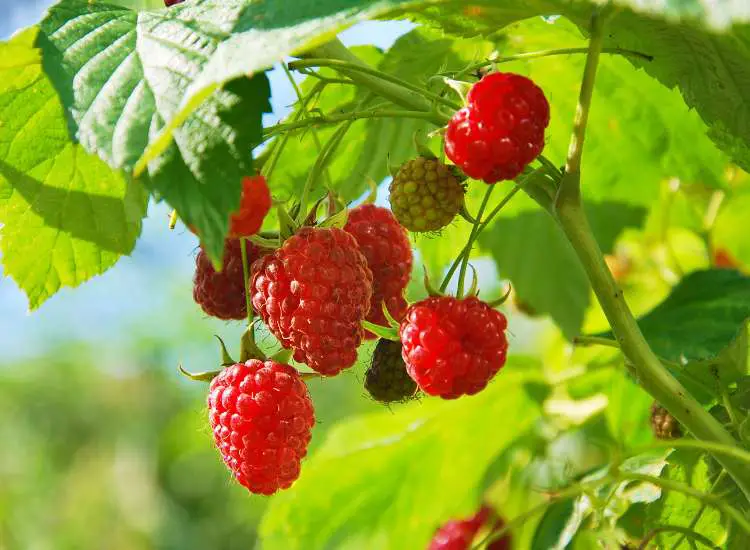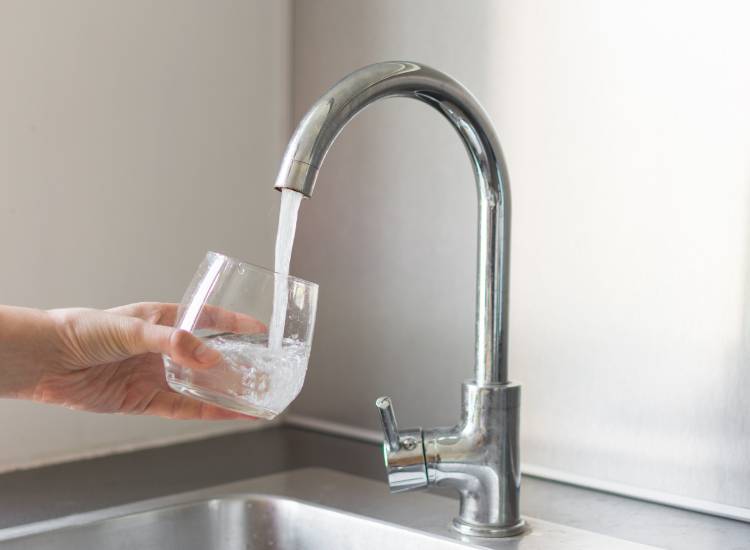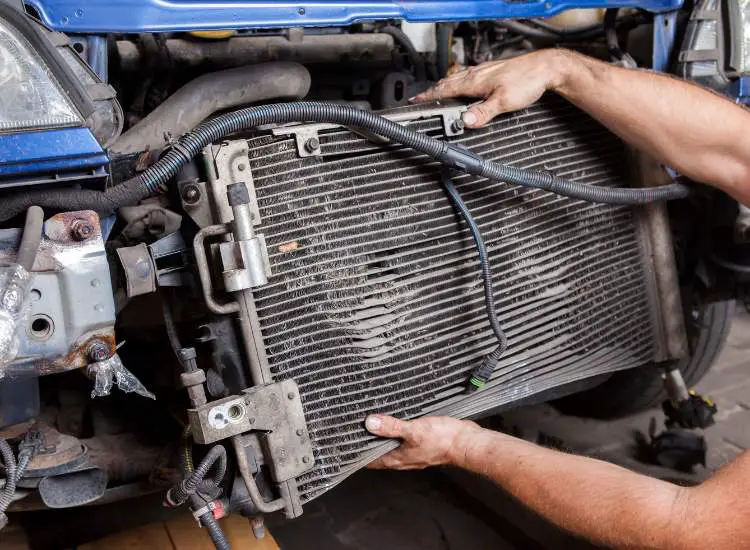How to Measure Garden Hose Size
Are you looking to purchase a new hose or replace an old one? Knowing how to measure the garden hose size is essential for a successful experience.
Measuring the size of a garden hose is simple and involves only a few tools. To ensure a proper fit for your garden needs, it’s crucial to understand the different aspects of hose sizing, such as diameter and length.
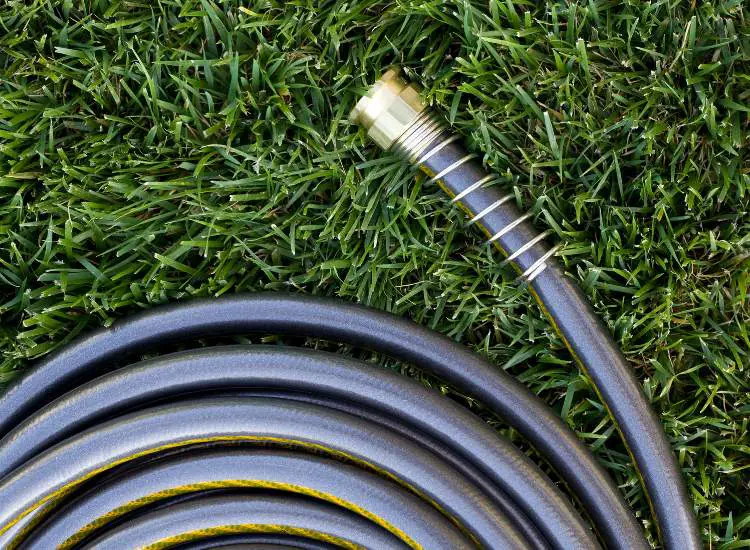
In this article, we will guide you through the process of measuring your garden hose size. You’ll soon be on your way to a more efficient and enjoyable watering experience.
Understanding Garden Hose Fittings
When you need to measure your garden hose size, it’s important to know about the different types of fittings. Garden hose fittings connect hoses to various accessories or water sources.
There are two main types of fittings: male and female. Male fittings have threads on the outside, while female fittings have threads on the inside.
To identify the fitting size, you can use a measuring tape or ruler. Measure the diameter of the threaded end, making sure to include the threads.
Here are the common hose fitting sizes:
- 1/2 inch (13 mm): Commonly used for small gardens and light watering tasks.
- 5/8 inch (16 mm): Often the standard size for most garden hoses, suitable for average watering needs.
- 3/4 inch (19 mm): Frequently used for commercial or heavy-duty purposes, these can deliver more water and handle higher water pressures.
Remember to choose the right size for your watering requirements and make sure the fittings are compatible with your hose and other accessories.
Steps to Measure Your Garden Hose Diameter
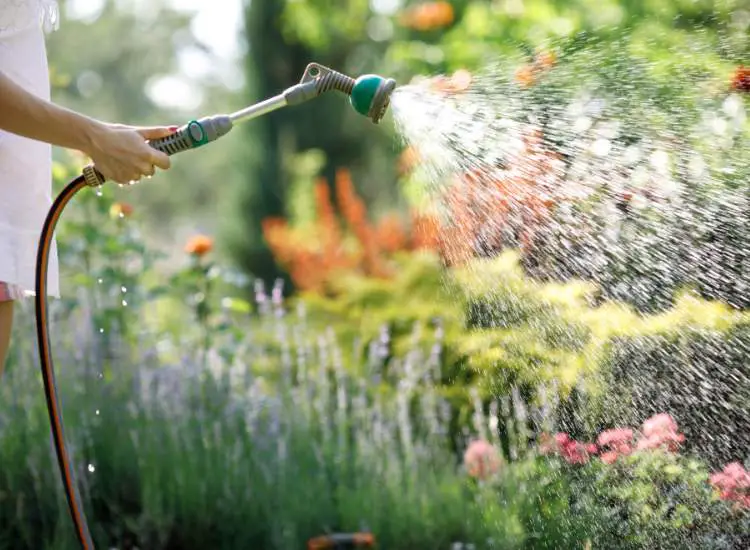
Using a Ruler
To measure your garden hose diameter, start by straightening the hose. Place a ruler next to the opening, and find the measurement that spans the inside edges of the hose. This will give you the diameter.
Using Calipers
Alternatively, you can use calipers to measure your hose diameter. Gently tighten the caliper jaws around the hose opening until both inside edges are in contact. Read the measurement shown on the caliper to find the diameter.
Comparing With a Standard Chart
Another option is to consult a standard hose size chart. These charts list common hose sizes in inches or millimeters. Measure your hose diameter as previously described and compare it to the chart to find the matching size. This method will help you understand the hose size in relation to standard measurements.
Measuring Garden Hose Length
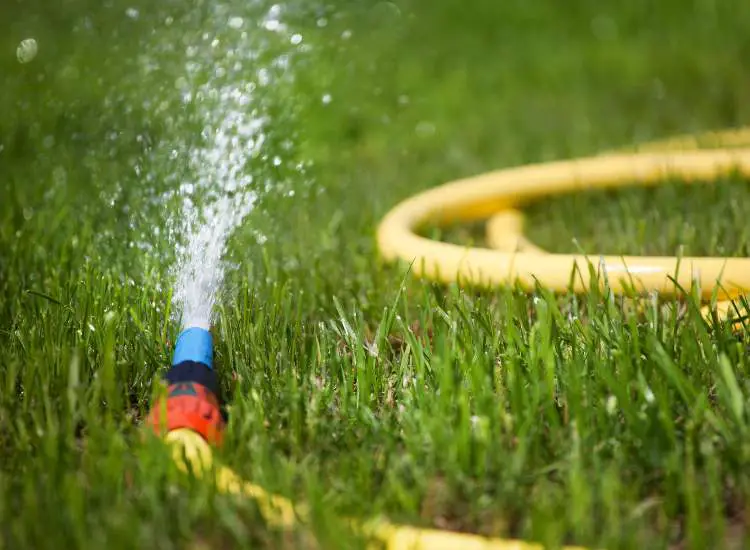
Using a Measuring Tape
To measure your garden hose length, first, extend the hose fully in a straight line. Using a measuring tape, measure the distance from one end to the other. Be sure to include the connectors in your measurement for accuracy.
Using a String
If you don’t have a measuring tape handy, you can use a string to determine the length of your garden hose. Extend the hose fully, and then lay the string alongside it, from one end to the other, including the connectors. Mark on the string where it matches the hose ends. Finally, measure the marked string with a ruler or another measuring tool to find out the length of your garden hose.
Decoding Garden Hose Thread Sizes
Start by identifying the hose’s internal diameter, commonly dubbed as ID. Generally, garden hoses come in three sizes: 1/2-inch, 5/8-inch, and 3/4-inch ID. Knowing your hose’s ID allows you to purchase the attachments and fittings that match.
Next, get to know your hose’s thread count. In the US, garden hose thread sizes follow either National Hose (NH) or Garden Hose Thread (GHT) standards. Typically, residential hoses adhere to the GHT standard, sporting threads of 11.5 TPI (threads per inch).
When sizing replacement fittings, consider the gender of your hose’s fittings. Male fittings have threads on the outside, while female ones exhibit threads on the inside. Both fittings must match to ensure proper connections.
Lastly, remember that certain appliances, like pressure washers or garden sprayers, may use a different thread size. To guarantee compatibility, double-check and purchase the appropriate adaptors in such cases.
Factors Affecting Choice of Hose Size
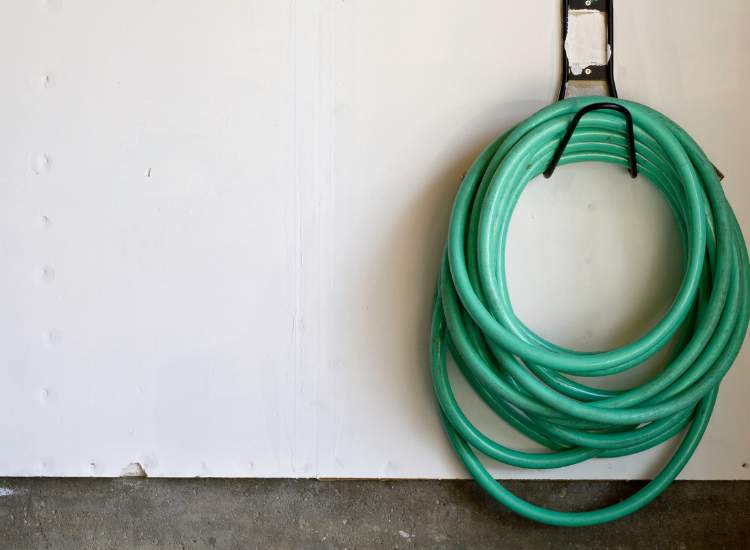
Purpose of Hose
Consider the tasks you’ll be using the hose for. If you’re only watering plants, a smaller diameter hose (1/2 inch) should work. For jobs like cleaning or filling a pool, a larger diameter (5/8 or 3/4 inch) is ideal.
Garden Area Size
The size of your garden also plays a part in deciding the hose size. For small gardens, a 1/2 inch diameter hose is sufficient. However, larger gardens may require a 5/8 or 3/4 inch hose for better water coverage. Additionally, consider the hose length needed to reach all parts of your garden.
Water Pressure
Your garden’s water pressure is important when choosing a hose size. If your pressure is low, a smaller diameter hose (1/2 inch) might help increase water flow. On the other hand, if you have high water pressure, a 5/8 or 3/4 inch hose can handle it without issues.
Choosing the Right Hose Size
- Hoses come in three sizes: 1/2-inch, 5/8-inch, and 3/4-inch diameters. A 1/2-inch diameter hose works well for small gardens and tasks like watering plants in pots. It’s light, easy to handle, but offers less water flow.
- For medium-sized lawns and regular garden maintenance, a 5/8-inch diameter hose is suitable. It strikes a balance between water flow and maneuverability. This size is popular among gardeners since it caters to diverse watering needs.
- Finally, the 3/4-inch diameter hose is perfect for large gardens and heavy-duty watering tasks. It provides the highest water flow and is suitable for activities like filling large containers quickly. Keep in mind that it’s harder to handle due to its weight and size.
Additionally, consider the hose length. It should reach the farthest point of your garden from the water source. Hoses come in various lengths, such as 25, 50, 75, and 100 feet. Measure your garden’s dimensions and estimate your coverage needs to choose the suitable length.
Frequently Asked Questions

What is the difference between a 5/8 and 3/4 inch garden hose?
A 5/8 inch garden hose typically has an inside diameter of 5/8 inches, while a 3/4 inch hose has a 3/4 inch diameter. As a result, the 3/4 inch hose can deliver more water, which is beneficial for larger gardens or lawns.
How do I determine the inside diameter of a garden hose?
To measure the inside diameter of a garden hose, make sure it’s disconnected from any faucets or nozzles. Then, use a ruler or calipers to measure the distance across the opening of the hose from one interior edge to the other.
Which garden hose connector types are most common?
The most common garden hose connector types are the “Threaded” and the “Quick Connect.” Threaded connectors screw onto the hose ends, while Quick Connects allow you to quickly snap them together or separate them.
How can I find the standard garden hose thread size?
The standard garden hose thread size is 3/4-inch GHT (Garden Hose Thread) for most hoses in the United States. You can check by measuring the diameter of the thread or referring to the information provided by the manufacturer.
Are garden hose diameters measured internally or externally?
Garden hose diameters are generally measured internally, referring to the inside diameter of the hose. This measurement is important as it determines the amount of water that the hose can deliver.
What tools can be used for measuring hose barb size?
You can use tools like calipers, rulers, or a hose barb measurement chart to measure the hose barb size. Remember that it’s essential to measure the outside diameter of the barb, as this determines the proper fit with the hose.
More Garden Hose Articles
- Is Hose Water the Same as Tap Water?
- How to Store an Expandable Hose
- Draining a Pool with a Garden Hose
- How to Remove a Metal Hose Connector
- Increasing Water Pressure in a Garden Hose
- Keep a Garden Hose from Freezing
- How Long to Fill up Pool with Garden Hose?
- How to Flush a Radiator with a Garden Hose
- How to Shorten a Garden Hose

